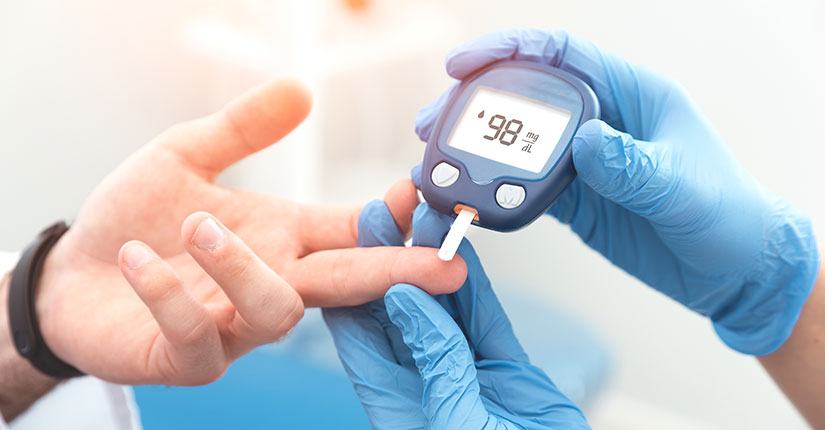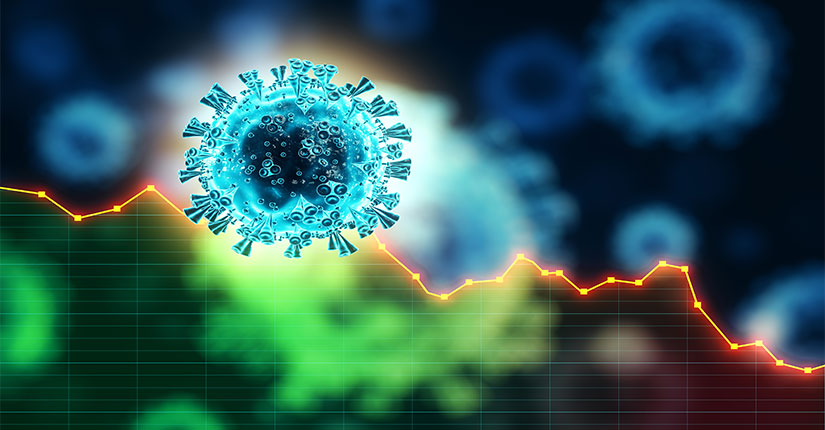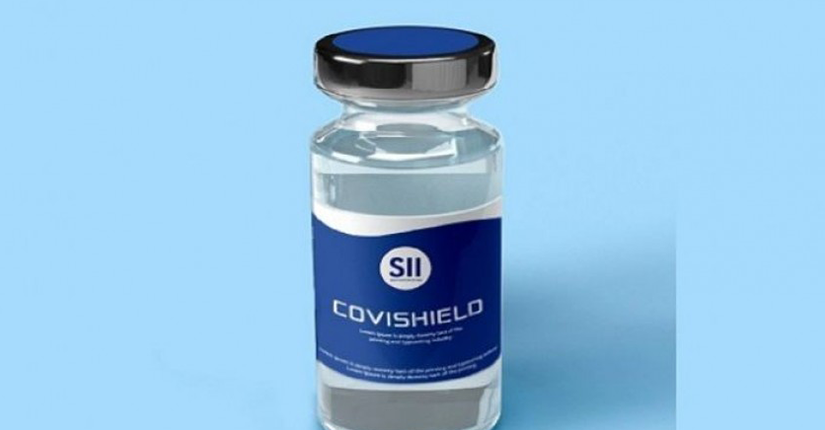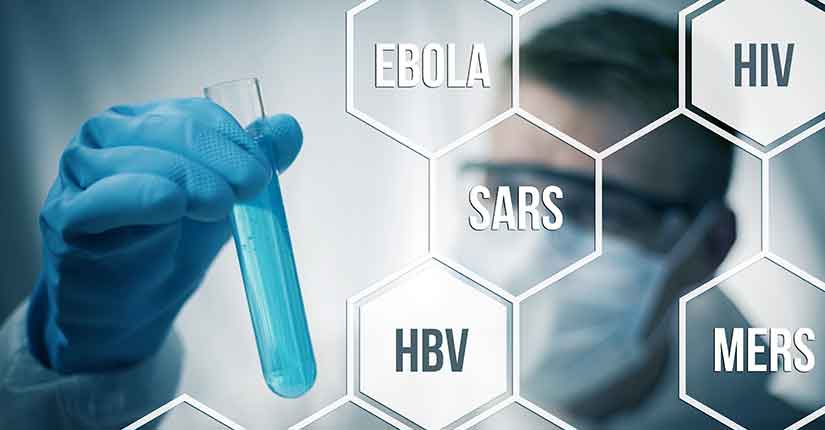COVID 19 Peak Far Away, Shows Sero Survey
By Nmami Life Editorial 06-Aug 2020 Reading Time: 4 Mins
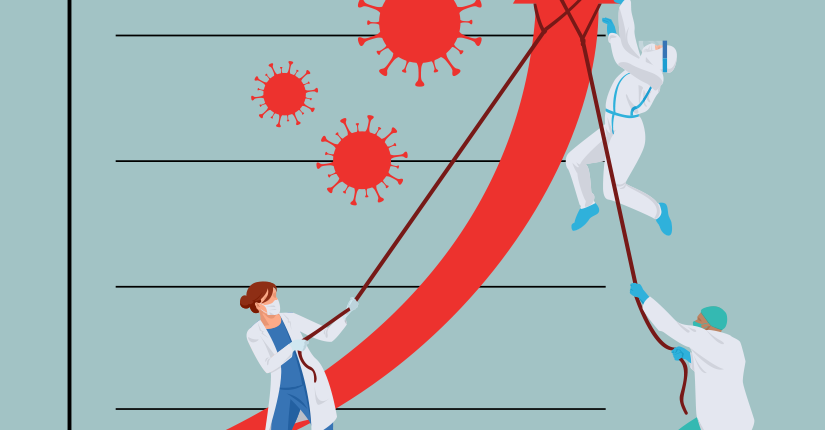
Half the people, or almost 57%, tested in the slums in Mumbai had been exposed to and developed antibodies against the SARS-CoV-2 virus as compared with only 16% of those tested in residential societies, according to a survey conducted by the Brihanmumbai Municipal Corporation in three wards of Mumbai.
Results from Delhi’s seroprevalence study earlier this month showed that nearly a quarter of the 21,000-odd samples tested suggested exposure to the virus, and some of the densest districts had over 20% prevalence.
These studies, suggested that a peak in infections was nowhere on the horizon.
“Testing strategies differ in both cities, though they lead the tables in confirmed cases. The positive is that casualty rates from the disease are lower than initially expected. However, it is also evident that the lockdown or the measures to arrest the spread of the disease have largely failed,” said a government epidemiologist involved in the surveys, who did not want to be identified.
Conducting seroprevalence surveys in different cities of India is the need of the hour and a positive thing, said another expert. Dr. Giridhar Babu, Professor and head, Lifecourse Epidemiology, Public Health Foundation of India, told The Hindu: “We need more rounds in future to understand the nature and extent of the transmission. It is too early to provide definitive inferences based on the available seroprevalence results. Except for the slum settings in Mumbai, early indicators suggest that three cities [non-slum settings of Mumbai, Ahmedabad and Delhi] have seroprevalence of around 20%. Most parts of these three metros might have had a peak in the past but still, a vast majority of people in urban areas are susceptible.” Continuing use of masks is important as 80% of the people in India are still susceptible to COVID-19.”
In the Mumbai survey, 6,936 people — around 61% of them slum-dwellers — were sampled.
The study also found a high proportion of asymptomatic people with infections in the city. Civic authorities claimed the sero surveillance result indicates that “asymptomatic infections are likely to be a high proportion of all infections”.
“Although prevalence in women was marginally higher than men, age-wise prevalence in the population was comparable in these wards,” the BMC said in a statement.
The high exposure in slums indicates that fatality rate in Mumbai might be “as low as 0.05-0.10%”, instead of the existing 5.5%, said a release accompanying the survey.
Over to you
Delhi has adopted a policy of widely deploying antigen tests, a quicker alternative to the RT-PCR (reverse transcription polymerase chain reaction) test, but the results are potentially missing nearly half of those who could be carrying the virus. The prescribed procedure is to retest those with symptoms but only a small fraction in Delhi, less than 0.5%, were retested. This strategy also misses out asymptomatics who may be potential carriers of the infection.


